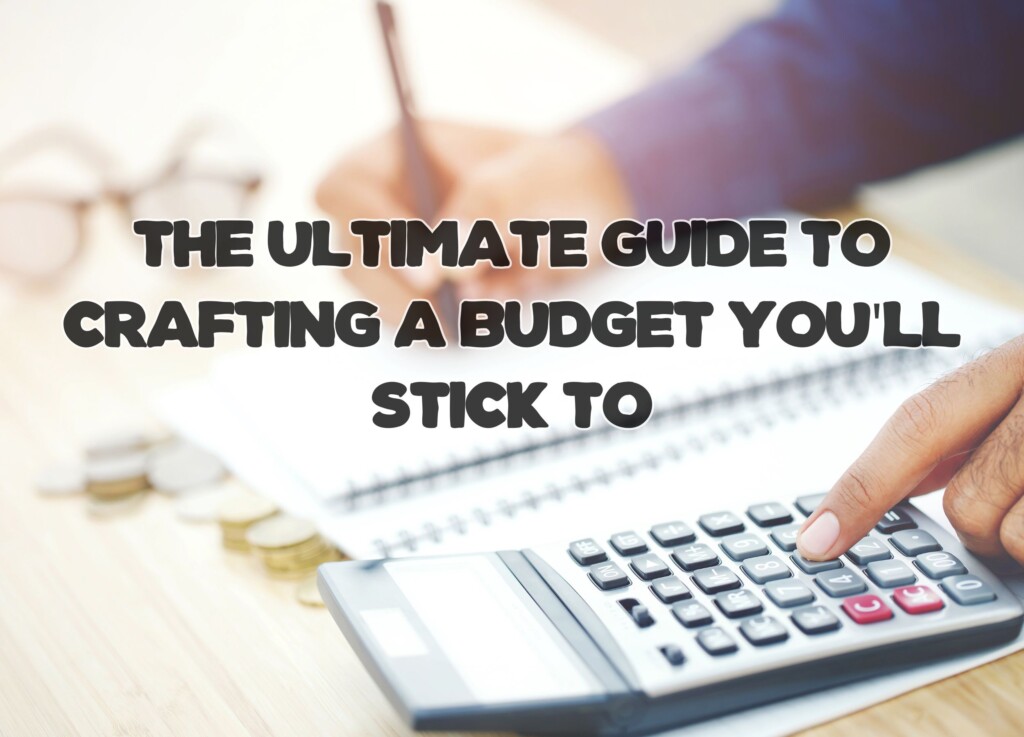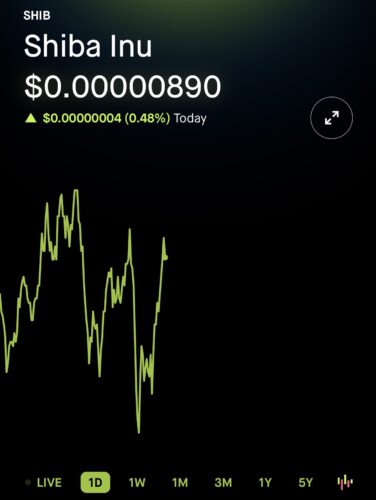Why Is Budgeting Even a Thing?
You’re fed up with the paycheck-to-paycheck life, right? Maybe you’ve got big aspirations like owning a home, launching a business, or simply not freaking out about bills. That’s where a solid budget comes into play. It’s not just numbers on a screen; it’s your roadmap to financial stability.

The Common Myth: Budgets Are Limiting
Many folks think budgets are like a financial straightjacket that only allows for the bare essentials. That’s a myth. A well-crafted budget helps you allocate funds for the things you enjoy while trimming the fat on stuff that doesn’t matter to you.
Back to Basics: Revenue and Outgoings
First things first, you need to know what you’re working with. How much money is coming in, and how much is going out? Gather your paychecks, peek at your bank transactions, and jot down those figures.
The 50/30/20 Guideline: A Solid Framework
Ever come across the 50/30/20 guideline? It’s a straightforward way to divvy up your budget. Allocate 50% of your income to essentials, 30% to discretionary spending, and 20% to savings and paying off debt. It’s a flexible framework to get you started.
The Fine Print: Breaking Down Costs
With a general framework in place, it’s time to get granular. Start sorting your expenses into categories like housing, utilities, food, leisure, and so on. Whether you’re a fan of apps or prefer pen and paper, use whatever method makes sense for you.
The Eye-Opener: Monitor Your Expenditure
You might think you’ve got a handle on your spending, but you won’t know for sure until you track every dime. Do this for at least a month. Record all your purchases, no matter how insignificant. Chances are, you’ll find some surprising money drains.
The Strategy: Define Your Objectives
Armed with a clear snapshot of your spending habits, it’s time to set some objectives. Looking to eliminate debt? Save for a dream trip? Establish a rainy-day fund? Your budget should be a tool to help you reach these milestones. Assign a specific sum to each goal and incorporate it into your budget.
The Adaptability Quotient: Be Prepared for Surprises
Budgets need to be adaptable. Life throws curveballs, and your budget should be flexible enough to handle them. Unexpected car repair? Medical emergency? It’s fine to tweak your budget to manage these unplanned expenses.
The Check and Balance: Self-Monitoring
Creating a budget is the easy part. Sticking to it is where the challenge lies. Keep yourself on track. Regularly review your budget, and if you slip up, don’t dwell on it. Just refocus and move forward.
The Digital Assist: Apps and Software
We live in a tech-savvy world, and budgeting is no exception. Apps like Mint, YNAB, and PocketGuard can simplify the budgeting process. They can sync with your financial accounts to provide an up-to-date overview of your money situation.
The Support Network: You Don’t Have to Do It Alone
Budgeting can be a daunting task, and there’s no shame in seeking help. Whether it’s a financial planner, a money-smart friend, or an online group, external input can be invaluable. They can offer insights, hold you accountable, and provide emotional support when you hit bumps in the road.
The Long Haul: Budgeting Is a Continuous Process
Here’s the kicker: Budgeting isn’t a one-time event. It’s an ongoing commitment. Your earnings will fluctify, your costs will vary, and your goals will evolve. That’s perfectly fine. The key is to stay committed, make adjustments as life changes, and keep your eyes on the prize.
The Bottom Line: Take the Reins on Your Financial Journey
So there you have it. Crafting a budget that you’ll actually stick to is within reach. It requires some legwork, but the rewards are immense. We’re talking financial peace of mind, greater freedom, and a clear strategy for achieving your financial dreams. So why delay? Take charge of your finances and start budgeting like a pro.



